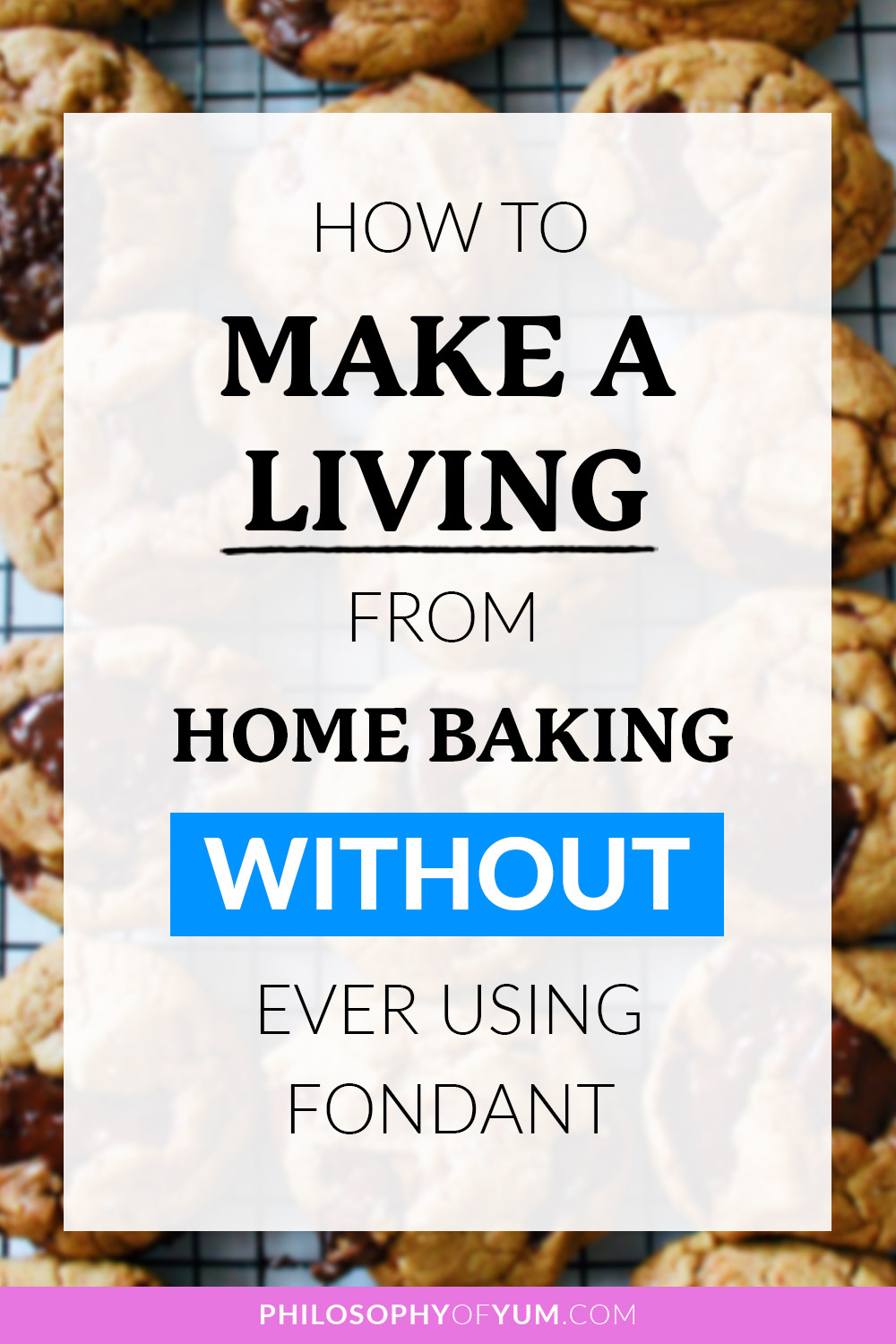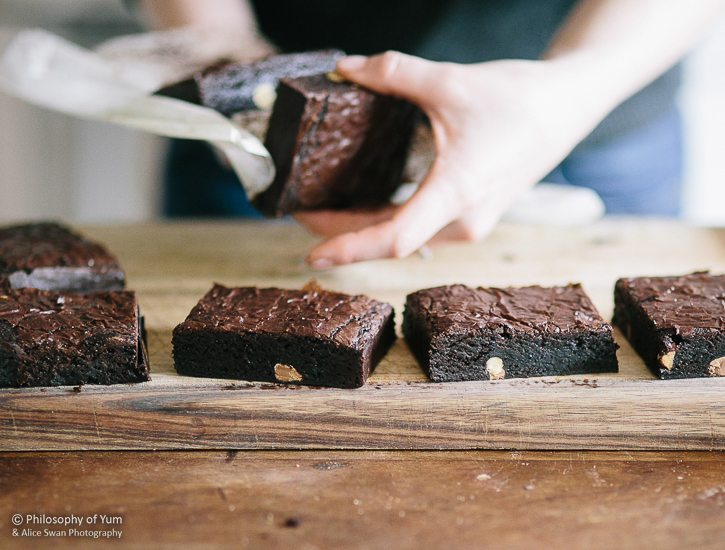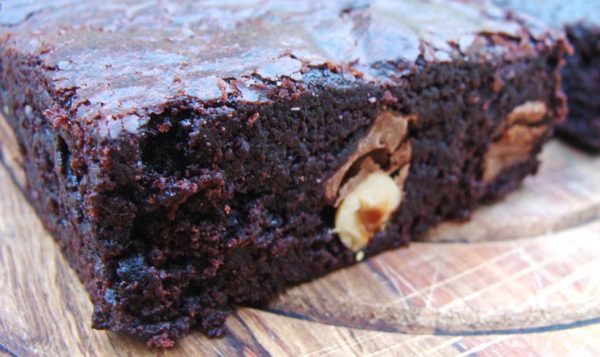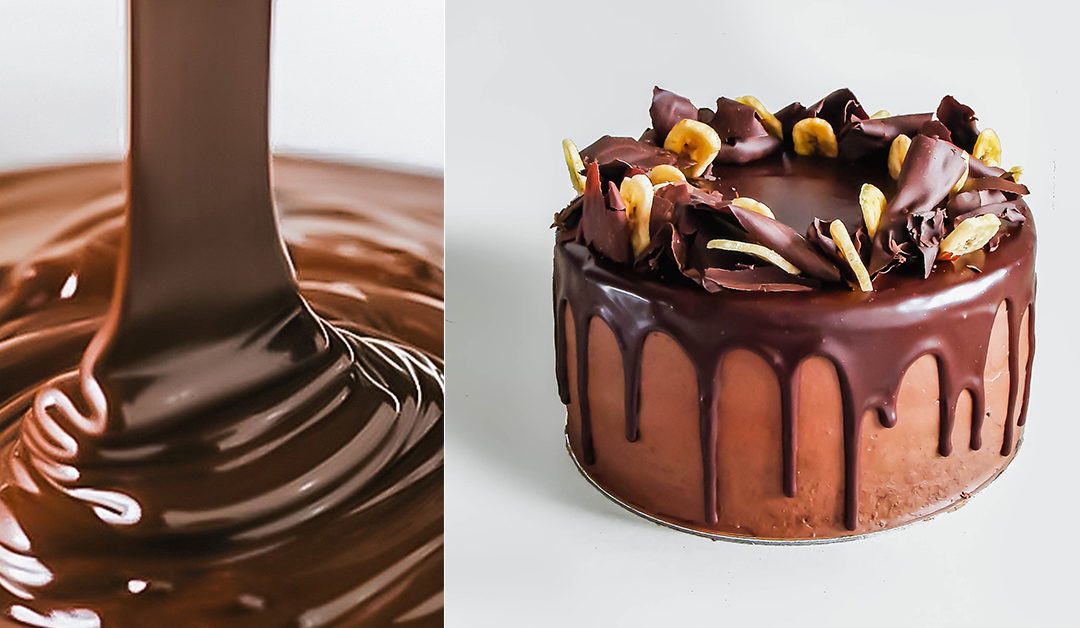
Grainy Ganache (Broken/Oily/Split) – SAVE it & PREVENT it!
Split/Oily/Grainy Ganache – Fix it & Prevent It
Split/Oily/Grainy Ganache can ruin the brightest day.
You’re combining relatively expensive ingredients and hoping for super shiny, luscious awesomeness and then wamp wamp wamp…
It all splits into a greasy, grainy MESS! It totally sucks.
Do you make MORE ganache? But what if it splits again? And the thought of dumping these expensive ingredients in the bin just about burns your soul…
But fear not my friend! You DON’T need to throw out that split, grainy, greasy ganache because – you CAN SAVE it!! And in today’s blog post I’m going to show you how 🙂
On top of that I’m also going to show you all my tips and tricks for PREVENTING chocolate ganache from splitting in the first place.
Let’s do this!
What is Chocolate Ganache?
Chocolate ganache is a smooth and shiny mixture of chocolate and cream used in cakes, desserts and pastries. Only 2 Ingredients, but a whole lot of things can cause it to split or break.
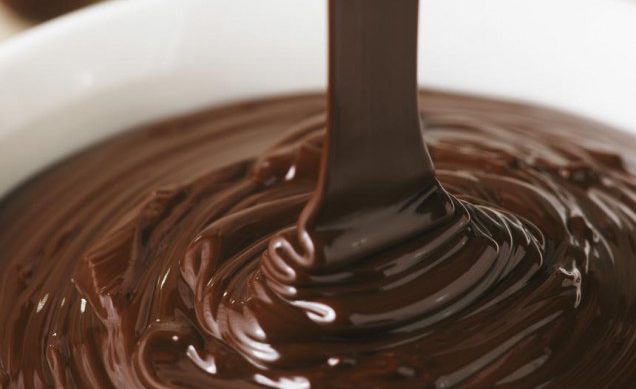
Photo: josephcphillips.com
I generally use 65% Dark Chocolate. If I’m making truffles, then a 2:1 ratio of chocolate:cream is best. For covering cakes, or as a filling between cake layers, I use a 1:1 ratio.
White chocolate and Milk Chocolate are naturally softer, so a 3:1 ratio of chocolate:cream for covering cakes. For truffles use a 4:1 ratio.
Whatever your ratio of chocolate to cream is, don’t fuss too much about it. That’s most probably not where you are going wrong.
I’ve found that it’s usually in the method and technique where things go wrong. That’s what splits ganache.
For this post in particular I am going to focus on how to achieve the smoothest, shiniest result which is ideal for covering cakes with or spreading on top of cupcakes.
And most importantly, I’ll share a few tips that are GUARANTEED to save your Broken/Oily/Grainy Ganache!
What Causes Broken/Oily/Split/Grainy Ganache?
Ganache is essentially an emulsion. Remember that word from 7th grade science? It’s when 2 ingredients are mixed together that don’t actually want to be mixed together – oil and water.
Generally, if the temperature of your ganache goes too high, it will cause the fat in the chocolate to separate. This results in a oily/split/grainy ganache. The severity of the graininess will depend on how overheated your cream was.
Now before we get into fixing a broken ganache, there are a few things you can do to prevent it from happening in the first place.
Basic Tips for Preventing Oily/Split/Grainy Ganache:
- Do not let the cream boil – only bring it to a simmer. If the cream is too hot it will overheat the fat in the chocolate, causing it to separate.
- Don’t let the chocolate overheat. If you make ganache in a microwave, this is KEY. Just 10 seconds too long and boom! The fat in the chocolate separates. For this reason I prefer to heat the cream gently on my stove top. It gives me more control over the heat.
- Chop your chocolate very finely. It just makes it easier for the chocolate to melt into the cream.
- Stir all you want in the beginning to incorporate the chocolate into the cream. As soon as your chocolate has melted into the cream, the mixture is smooth and fully combined – STOP stirring. The ganache will now begin to set. Just leave it be and let it cool down to the desired consistency. It firms up as it cools down. Avoid putting it in the fridge and let it set at room temperature. The fridge won’t harm it, you will just need to stir to combine the more set ganache with the less set ganache which involves STIRRING. Not good. Plan ahead and let nature take its course.
- Choose your heat. Microwave OR stove-top. I once made ganache by heating the cream on the stove, but after I combined it with the chocolate, it started setting too quickly. In a panic I placed the setting ganache in the microwave for 10 seconds and it split into oblivion. Generally I avoid the microwave altogether when I work with chocolate. The rate at which it heats food is just too intense for chocolate in my opinion. A stove gives you so much more control. If I’m in a rush I’ll heat just the CREAM in the Microwave till it’s hot and steamy (but not boiling over) and then add the chocolate to it outside the microwave. The heat from the cream is usually enough to melt the chocolate.
I’ve also found some extra little tips that have made all the difference in my ganache!
Extra Tips for Preventing Oily/Grainy Ganache:
- Do not use a plastic bowl. Use a glass bowl. The ganache comes out so much shinier. For about 2 months I made ganache in a plastic bowl and it was dull & slightly grainy every time. I switched back to glass and never had problems again. A glass bowl yields the best results.
- Add a bit more sweetness. *It works wonders! This is particularly effective with Dark Chocolate ganache! I usually replace about 15-20% of the dark chocolate with milk chocolate which contains more sugar. If, however, I want the ganache very dark, I simply dissolve sugar into the cream (1 tsp sugar per 100 ml cream) while it’s heating up. I even like dissolving some Milo/Ovaltine powder to the cream which gives the ganache a little malty flavour! Super shiny, super yummy. It works – really!
- Do not use a balloon whisk (or wooden spoon for that matter) to stir the ganache. Use a stainless steel spoon instead. I’ve found that a whisk provides too much friction and irritation for the chocolate ganache. It may be a very subjective opinion, but I do find the ganache to be a tad grainy when it sets. A metal spoon is gentler and as a bonus, it incorporates far less air.
- Add a tiny bit of sea salt to the cream before heating. This doesn’t make a difference in the texture of the ganache! It just brings out the chocolate’s flavour 🙂
How to Fix Split/Oily/Grainy Chocolate Ganache:
So for some reason that no one knows a ganache can often still break or be slightly grainy even though we really did EVERYTHING right. Good news is that there are a myriad of options available to you! I will list them from most effective to least effective.
- The milk fix. Works great on warm ganache that has just split. Place your ganache in a saucepan on the lowest setting and whisk it as bit. In a separate pan (or bowl in the microwave), heat up about ¼ cup skim or low fat milk to simmering point. Dribble little bits of the warm milk into the ganache while constantly whisking with a balloon whisk. This hack is the least strenuous and works extremely well! This hack is perfect for fixing ganache that will be used as a glaze/covering over your cake.
- Melt & Stir. I LOVE this hack. It’s perfect for grainy ganache that has cooled down. I especially use it on frozen and thawed ganache (which obviously splits) ALL the time. Place the grainy ganache in a saucepan. Place the saucepan directly on the stove over the lowest heat possible. As it begins to melt, stir it with a balloon whisk. Keep stirring and gently whisking. By the time all the ganache has melted, it will have come together again completely. So amazing!
- Add more chocolate. If you just made the ganache and it is still warm, adding some more chopped chocolate can bring it back together quite quickly. I don’t always like this method because it makes the ganache a lot stiffer. If you will be using the ganache underneath fondant or for truffles, a stiffer ganache won’t be a problem.
- Add more cream. Heat about 2 Tbsp of cream till it begins to steam slightly. Turn off the heat and whisk your broken ganache into the cream little by little till everything is once again incorporated, smooth and glossy.
- Blending or whisking. Many people recommend this technique across the web. By whisking the mixture together at a high speed you will force the fat and water to combine. I have tried this technique many times, but it has not worked for me. The ganache often does smoothen out initially, but as it sets again, you end up with an at least slightly grainy ganache.
If you want to read more posts on chocolate ganache, here are my favourites:
- Crafty Baking – Ganache
- Kara’s Couture Cakes – How to Save a Broken Ganache
- Tales from the Chocolate Shop – Rescuing a Split Ganache
Want More Chocolate Tips & Tricks?
Then you’ll LOVE these posts:
🍫 How to Make Luscious Dark Chocolate Shavings/Curls
🍫 The Easy, Foolproof Way to Temper Chocolate
🍫 How to Write on Cake with Chocolate
👉 Want to SELL your home baked goods so you can do what you love for an income?
There you have it! If you have any other questions or struggles with grainy ganache, please comment below because I would love to help!
Chat soon!
Aurelia 🙂

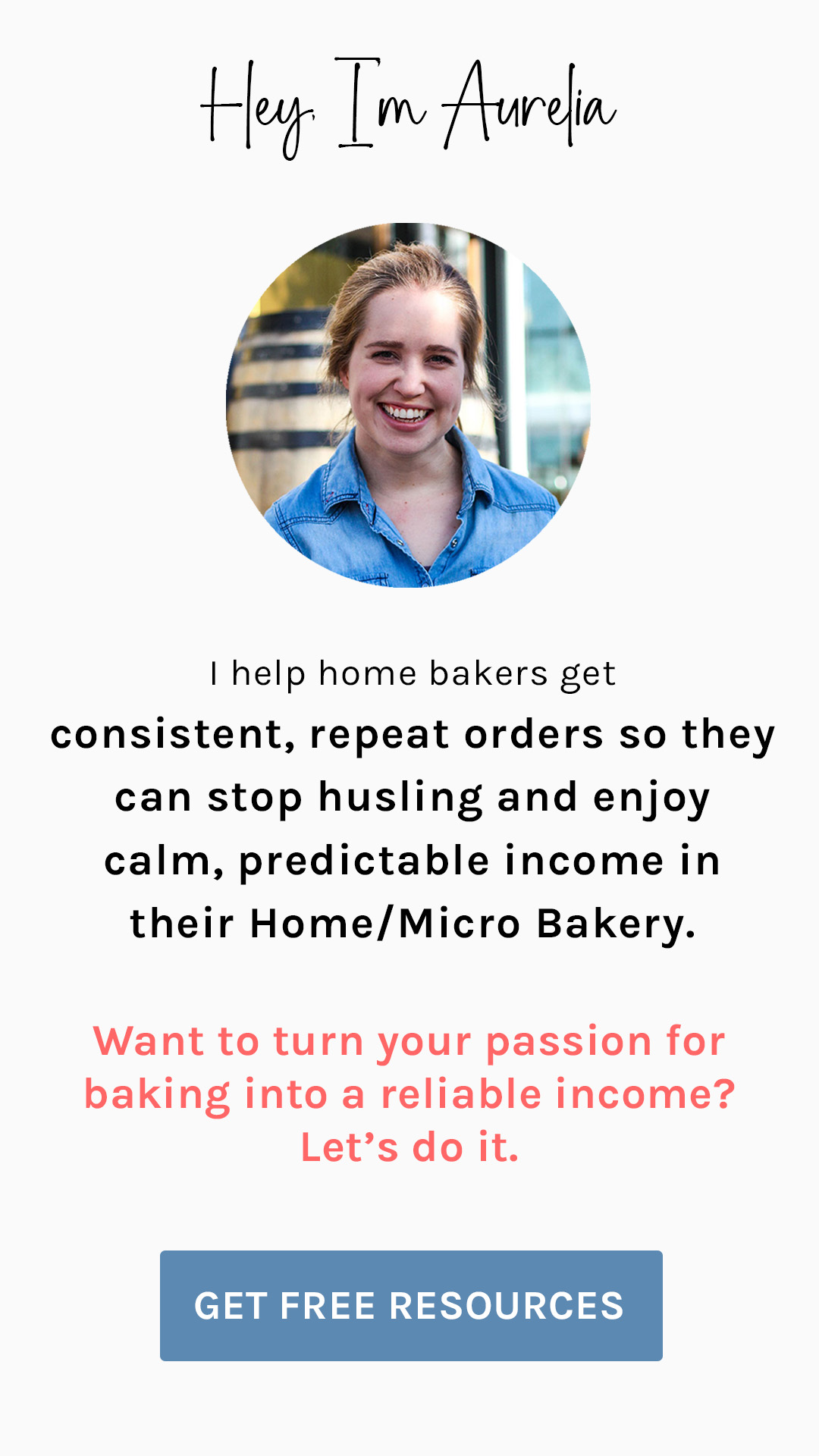


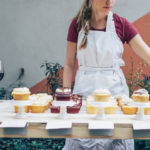







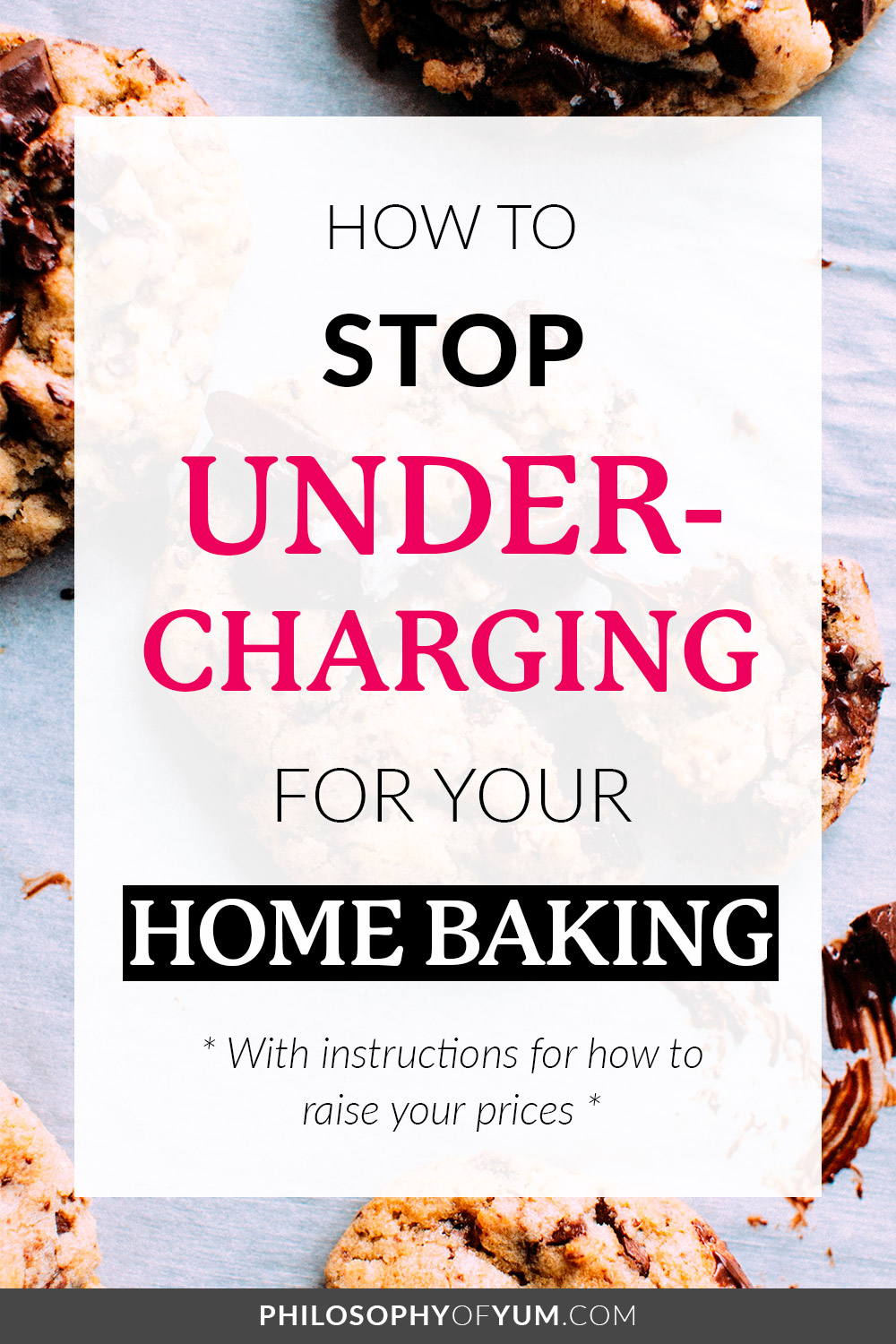


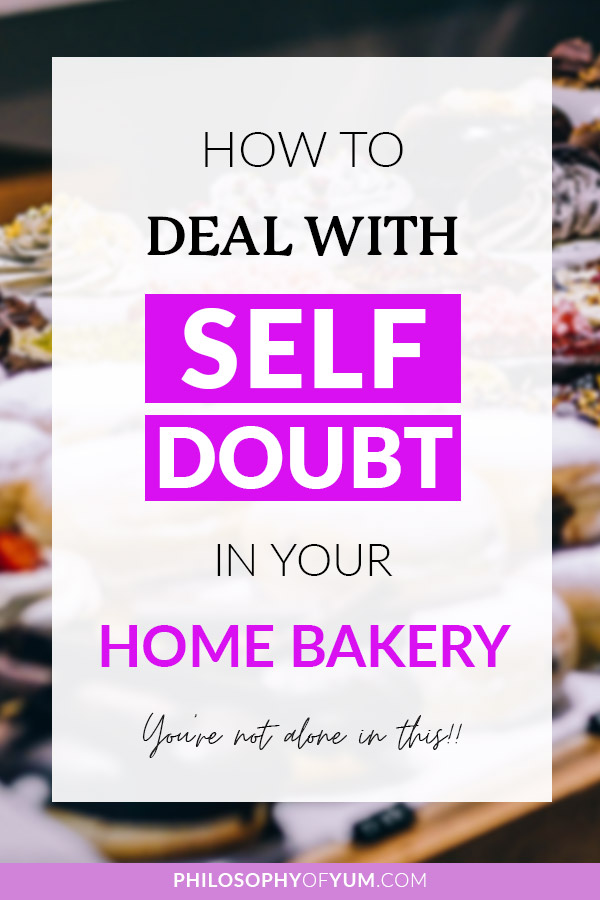
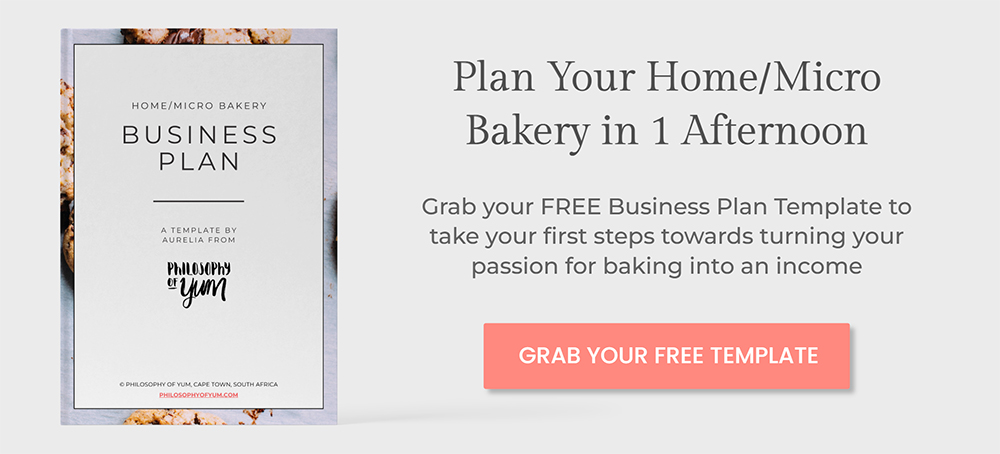



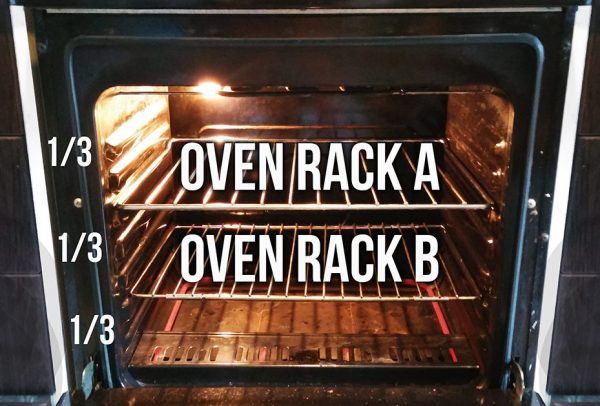



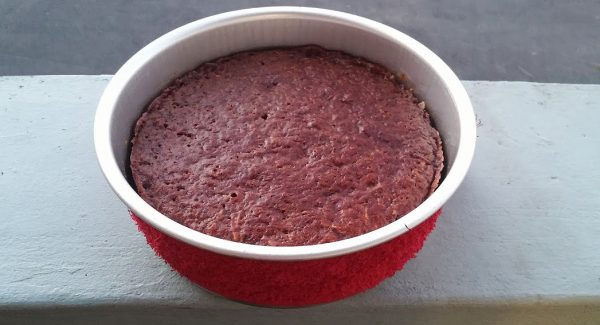



 Images by bhg.com and rachelteodoro.com[/caption]
Images by bhg.com and rachelteodoro.com[/caption]


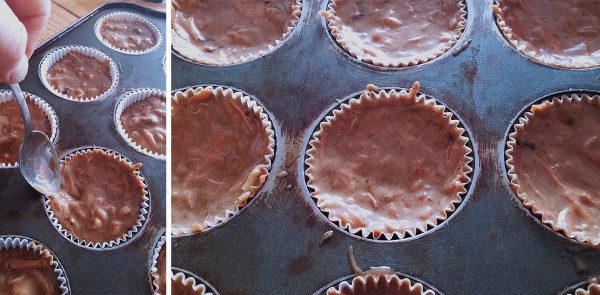

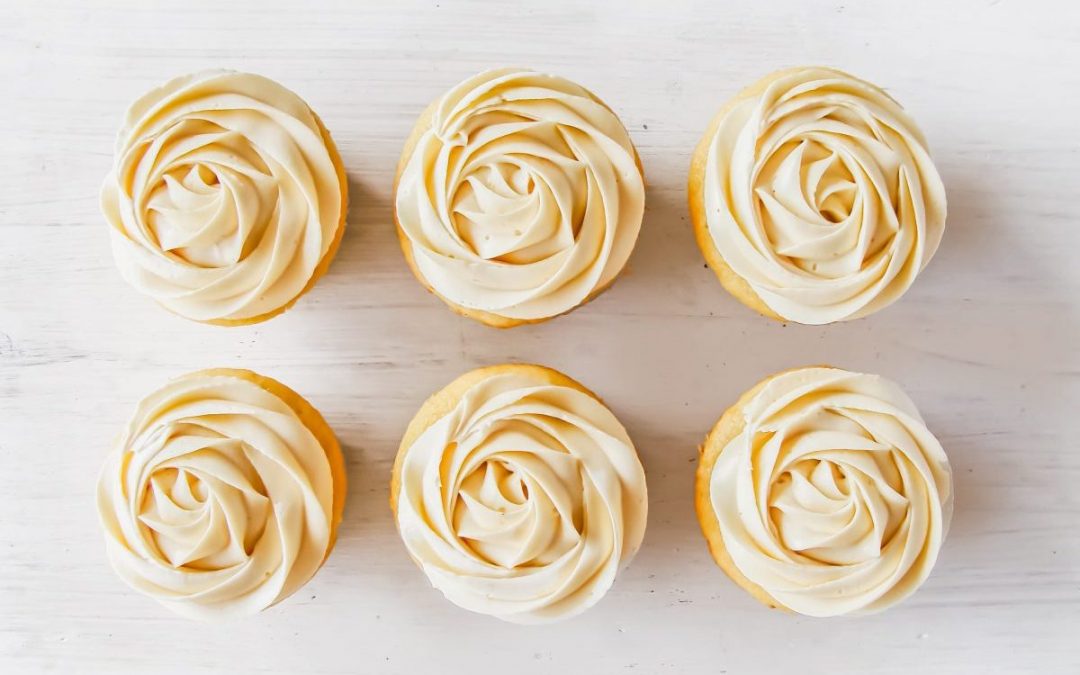

 Image by The Cooks Academy Blog
Image by The Cooks Academy Blog


 Image by maisoncupcake.com[/caption]
Image by maisoncupcake.com[/caption]


